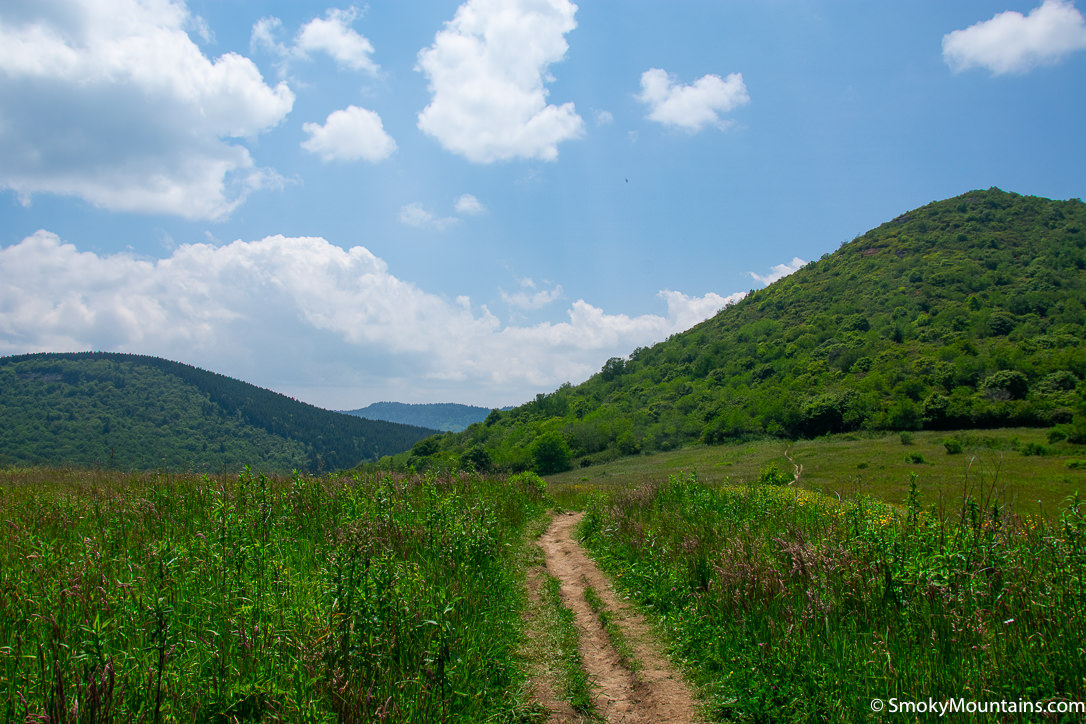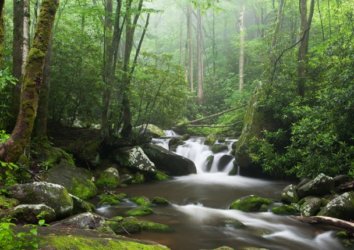The Great Smoky Mountains are one of the greatest natural wonders of the North American landscape. These ancient hills are full of rolling peaks, lush forests, clear streams, and some of the richest biodiversity on the continent. Here is an excellent place to hike, play, and simply pause to enjoy the beauty around you. And as you do, maybe you’ll find yourself wondering just how old these mist-covered mountains are. Continue reading to learn more about the true age of the Smoky Mountains, how they were shaped, and the geological history and biodiverse present that draws millions of people every year.
Your Guide to the Age of the Smoky Mountains
![]()
The Smoky Mountains are a gorgeous subrange of the Appalachian Mountains. They, as with the rest of the Appalachian Mountains, have an ancient history that stretches back further than many are aware. The whole of the Appalachian Mountains is older than the very first tree to sprout; older than the very first animal to walk the earth; and even older than the very first shark to swim the sea. Yes, the Appalachian Mountains and its Great Smoky Mountain subrange are really that old!
The Appalachian Mountains are the oldest mountain chain in the United States. The geological processes that initiated their formation first began an incredible 1.1 billion years ago when the continents of Amazonia and Laurentia collided to create a supercontinent called Rodinia. Rodinia at the time was entirely barren as this was an era of time before the ozone layer formed to protect the earth’s surface from ultraviolet radiation. Yet, in this empty land, the continents continued to move and slowly crash into each other, leading rocks to be folded, faulted, and ultimately initiating the creation of what would become the first mountain ranges. Including the Appalachian Mountains. Some of the highest and most prominent features within the range have been scientifically dated as metamorphic rocks that date back to this continental collision a billion years ago.
Around 480 million years ago, the more recognizable ranges and rocks of the Appalachian Mountains and its subrange of the Great Smoky Mountains were formed over the course of three orogenic eras, which were periods of intense mountain creation. It’s believed that these mountains once towered as high as the Alps and that their formation may have triggered an ice age.
Around 450 million years ago, the northernmost ranges of the Appalachian Mountains began a series of massive volcanic eruptions. This activity was so significant that scientists believe that it vastly increased the carbon dioxide levels in the atmosphere. The carbon-dense air created acid rain that then pleated the mountain range. This led to limestone formation which eventually seized the carbon and plunged the world into a global Ice Age.
During this period of time, life was also beginning. Trees grew, and the first animals stepped onto land. Later came the dinosaurs, another ice age, and then came the Cenozoic era, the current geological era. Also known as the Age of Mammals.
Recognizing the Smoky Mountains of Today

From 480 billion years to today, the Appalachian Mountains and our beloved Smoky Mountains underwent some serious erosion. Every year since their formation, weathering processes like rain caused a slow erosion process of the Appalachian Mountains and the Smoky Mountains. This process included the transportation of tremendous qualities of sediments like sand and clay down rivers and into southeastern coastal plains. In fact, it’s because of this erosion that much of the state we know of as Florida was formed, and without such erosion, the land would’ve remained as a shallow ocean floor.
Naturally, when you consider how large Florida is (taking over six hours to drive from its southeast corner of Miami to the northeast corner of Jacksonville), you start to understand just how much land was lost from the once towering Appalachian Mountain chain. This is why the Appalachian Mountains and the beautiful Smoky Mountains lack the sharp peaks and so many of the pointed rocky ridges seen in younger mountain chains like the Rocky Mountains. Instead, erosion has led to the gentle slopes and forested peaks that so many recognize as the Appalachian Mountains.
What about the mists and “smoke” that makes the Smoky Mountains so, well, smoky? That very remarkable feature is also largely due to the ancient age of the Smoky Mountain subrange. Located at the heart of the Appalachian Mountain chain, the Smoky Mountains have undergone a significant amount of change and it’s that change, the range’s age, and its unique geographic location that combine to create its characteristic smoky appearance.
Here’s what goes into it:
Vegetation Emission
The Smoky Mountains are very, very dense with vegetation. Remember, here is not the rocky barren peaks of places like the Alps, but rather forested hills covered with an array of plant life. All of this vegetation naturally releases certain compounds that contribute to the mists that linger about the mountains.
Humidity
The geographic location of the Smoky Mountains leads to high humidity levels that likewise contribute to the ideal conditions for the misty haze.
Topography
The complex, ancient, and eroded topography of the Smoky Mountains also significantly contributes to the factors necessary to create the smoky appearance. The deep valleys, high peaks, ridges, caves, and other characteristic features of this mountain range work to effectively trap and channel the warm, moist air and volatile organic compounds and create the setting for the range’s smoky appearance.
Schedule Your Visit to the Gorgeous Smoky Mountains Today

We hope you found the above explanation of how old the Smoky Mountains and the Appalachian Mountains are informative and interesting. Now, isn’t it time to see this majestic wonder for yourself? Visit our other pages to learn more about this beautiful natural wonder, the state park formed around it, and all of the outstanding restaurants, lodgings, and attractions you’ll find in the nearby cities of Pigeon Forge, Gatlinburg, and Sevierville. Then, book your trip and see these ancient mountains for yourself!




